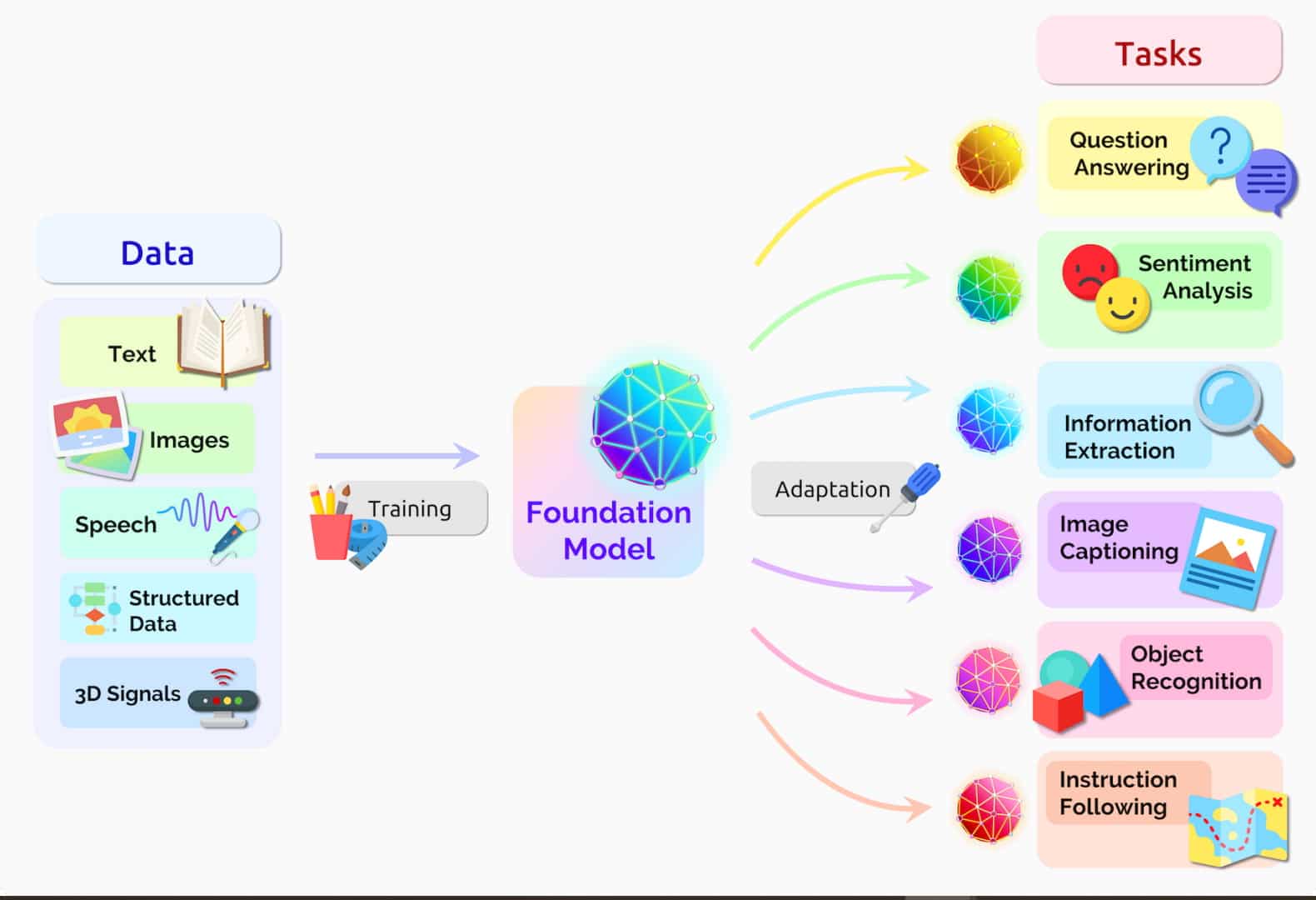Foundation models are the core set of concepts, models, and principles used within computer programming, cybersecurity, and information technology. They define the “ground rules” for how computing environments should be structured and maintained. Although they typically focus on hardware technology, they are also applicable to software development and security policies.
These models were first conceptualized by John von Neumann in 1945, but their modern manifestations were developed in the 1970s after the development of the first microprocessors. Since then, foundation models have become essential tools in constructing and managing secure and reliable computing networks.
At the lowest level, foundation models consist of instruction sets, microarchitectures, protocols, and other components of computer networks. These elements are the building blocks used to design and deploy hardware and software systems. They must be implemented correctly to ensure efficient communication and data transfer between various components of a network.
At the next level, foundation models are also responsible for providing a secure environment for the computers and data within a network. This involves both hardware and software architecture as well as user authentication procedures such as password protection and other measures.
In addition to providing the necessary structural components for networks, foundation models also define the standards for computer programming languages. This ensures that the code written in a given language will be formatted and structured in a uniform manner. This makes it easier for developers to read, debug, and modify the code.
As technology has advanced, so too have foundation models. They have been adapting and expanding their scope to account for both new hardware and software developments and advances in security and privacy. They have also become more specific, catering to a variety of different hardware and software platforms.
Ultimately, foundation models are essential for the construction and maintenance of secure computing networks. They provide the core structural and security components necessary for efficient and secure communication and data transfer. They also define the standards for computer programming in order to ensure consistency across networks.






